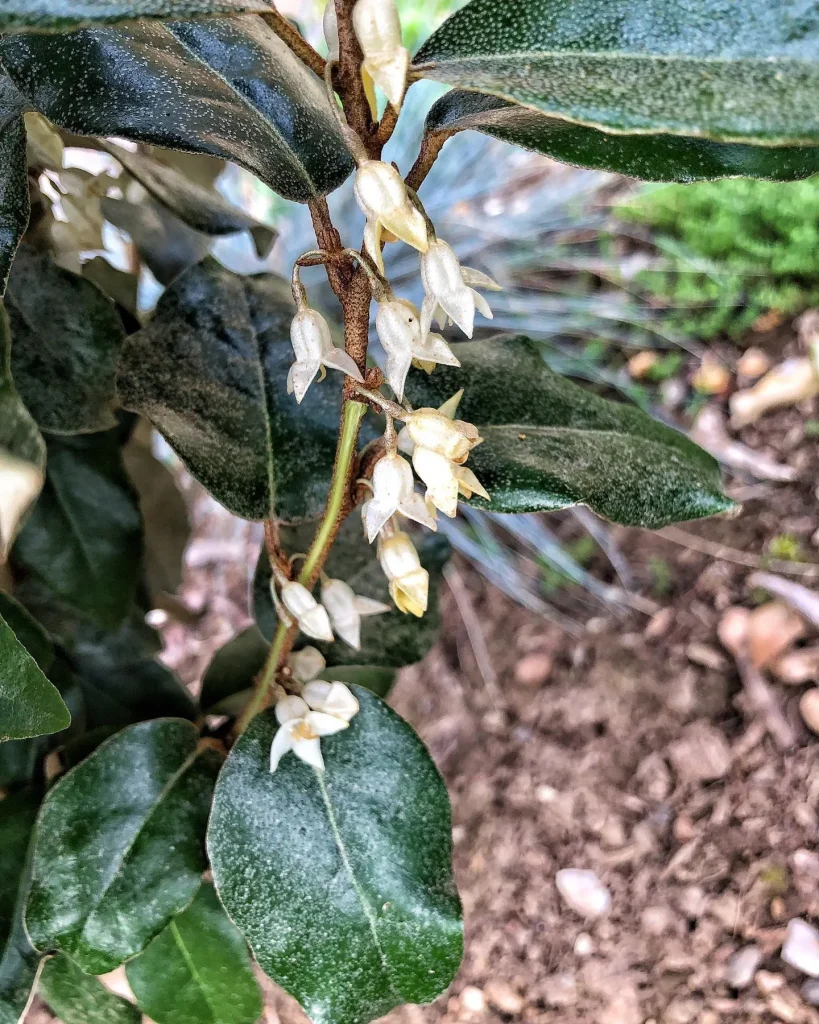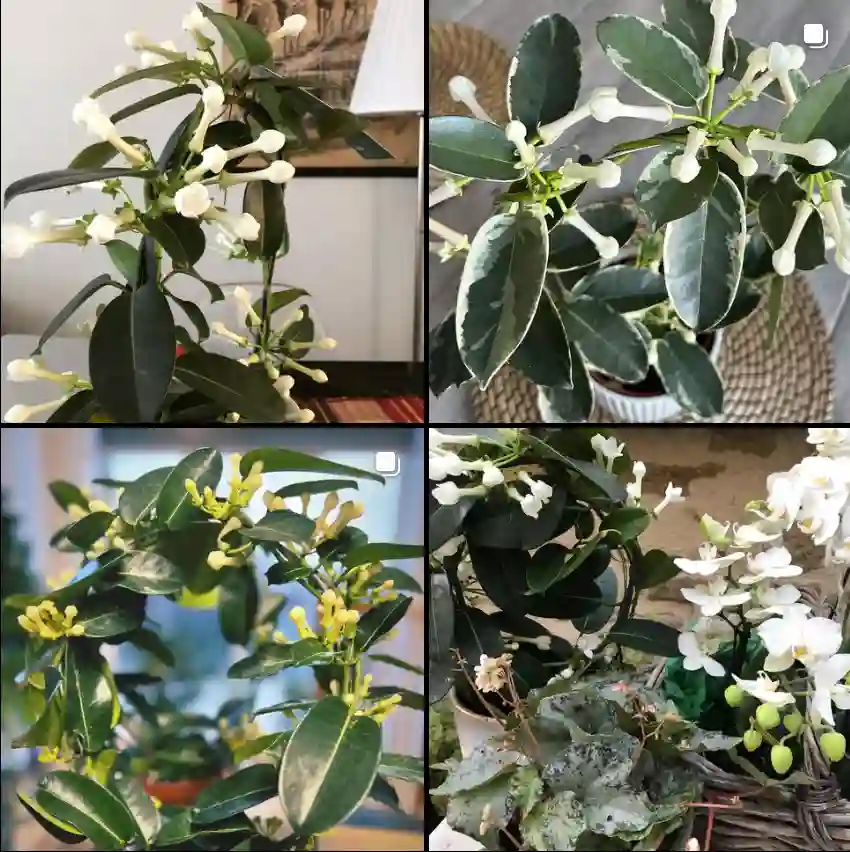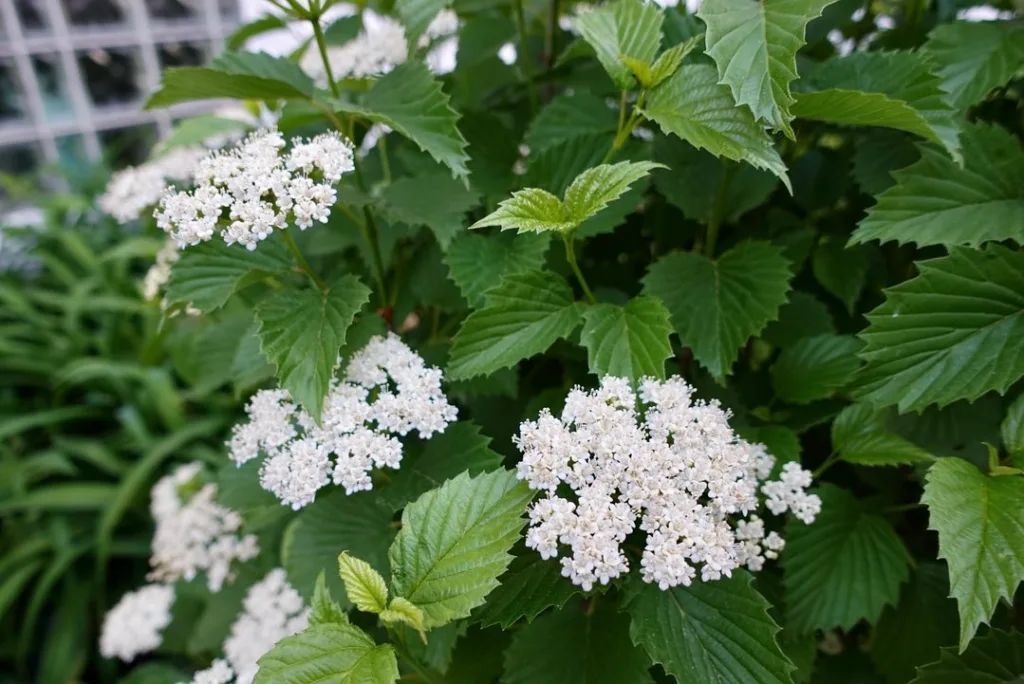Tribulus: A Thorny Exploration
My name is Ferb Vu, and I’ve always been fascinated by the resilience of nature. Even the most unassuming plants can possess incredible adaptations that allow them to thrive in harsh conditions. Take the Tribulus genus, for example. These seemingly insignificant plants, often considered weeds, have a global presence and a history intertwined with both traditional medicine and modern controversy.
A Resilient Genus
Tribulus is a genus of flowering plants belonging to the Zygophyllaceae family. Picture them as low-lying, often sprawling plants with small, yellow flowers. They’re incredibly hardy, thriving in arid and semi-arid climates where many other plants struggle to survive. This resilience is partly due to their deep root systems, which allow them to access water deep within the soil. But their most distinctive feature? Undoubtedly, their fruits.
These fruits are hard, spiny capsules that readily break apart into smaller segments. Each segment resembles a small caltrop – a medieval weapon designed to impede cavalry charges. These sharply pointed structures easily attach to animal fur, clothing, and even tires, effectively hitching a ride to new locations. This efficient seed dispersal mechanism explains the widespread distribution of Tribulus across the globe, from the Americas and Africa to Asia and Australia.
A Diverse Family
The Tribulus genus boasts a surprising diversity, with over 30 recognized species. Here are:
- Tribulus terrestris: This is the most well-known species, commonly known as puncture vine. It’s notorious for its sharp fruits that can puncture bicycle tires and cause painful injuries to humans and animals.
- Tribulus cistoides: Also known as Jamaican feverplant, this species is found in tropical regions and is characterized by its larger flowers and less aggressive fruit structures.
- Tribulus zeyheri: This African species is known for its use in traditional medicine to treat various ailments.
- Tribulus micrococcus: This Australian species is distinguished by its small, densely packed flowers.
- Tribulus adelacanthus R.M.Barker
- Tribulus arabicus Hosni
- Tribulus astrocarpus F.Muell.
- Tribulus bimucronatus Viv.
- Tribulus cristatus C.Presl
- Tribulus echinops Kers
- Tribulus eichlerianus K.L.Wilson
- Tribulus excrucians Wawra
- Tribulus forrestii F.Muell.
- Tribulus hirsutus Benth.
- Tribulus hystrix R.Br.
- Tribulus incanus Hosni
- Tribulus kaiseri Hosni
- Tribulus macrocarpus F.Muell. ex Benth.
- Tribulus macropterus Boiss.
- Tribulus megistopterus Kralik
- Tribulus minutus Leichh. ex Benth.
- Tribulus mollis Ehrenb. ex Schweinf.
- Tribulus occidentalis R.Br.
- Tribulus parvispinus C.Presl
- Tribulus pentandrus Forssk.
- Tribulus platypterus Benth.
- Tribulus ranunculiflorus F.Muell.
- Tribulus spurius Kralik
- Tribulus suberosus H.Eichler ex R.M.Barker
- Tribulus subramanyamii P.Singh, G.S.Giri & V.Singh
Traditional Uses and Modern Claims
Tribulus terrestris, in particular, has a long history of use in traditional medicine systems in China, India, and Greece. It was believed to possess various therapeutic properties, including aphrodisiac effects and the ability to enhance athletic performance.
In recent years, Tribulus terrestris extracts have gained popularity as a dietary supplement, often marketed to boost testosterone levels and improve muscle growth. However, scientific evidence supporting these claims is limited and inconclusive. While some studies suggest a potential effect on hormone levels and sexual function, more research is needed to confirm these findings and establish the safety and efficacy of Tribulus supplementation.
A Thorny Issue
Despite its potential benefits, Tribulus terrestris is often considered an invasive weed due to its ability to spread rapidly and outcompete native vegetation. Its sharp fruits can also pose a threat to livestock and wildlife.
Therefore, it’s crucial to approach the use of Tribulus with caution and awareness. While it may hold promise for certain applications, further research is necessary to fully understand its potential benefits and risks.
A Personal Reflection
My interest in Tribulus stems from a desire to understand the complex relationship between humans and plants. This genus exemplifies how a plant can be both beneficial and problematic, highlighting the need for a balanced perspective. As we continue to explore the natural world, it’s important to approach each organism with respect and curiosity, recognizing the intricate role it plays in the ecosystem.
The Tribulus genus, though often overlooked, offers a fascinating glimpse into the resilience and adaptability of nature. Its story is a reminder that even the most unassuming plants can have a significant impact on our world.
If i die, water my plants!



